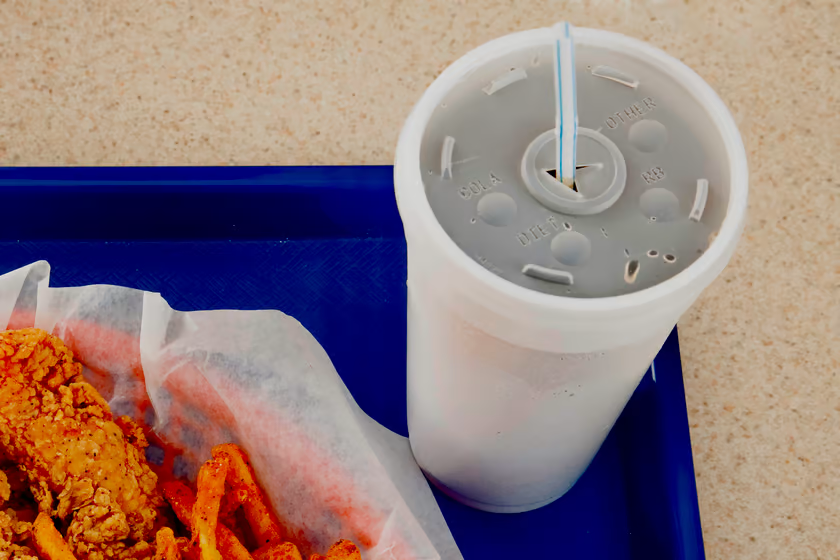Groundbreaking Drone Flights with Radiation Detection Pave the Way for Improved Safety on Nuclear Sites
SOURCE: HTTPS://DRONELIFE.COM/
AUG 11, 2023

Drone pilots at UK nuclear site Sellafield Ltd have successfully completed two flight firsts leading to increased employee safety during decommissioning. Flyability’s Elios 3 drone was successfully deployed with a LiDAR sensor, marking a major milestone for the Unmanned Aerial Vehicle (UAV) team and achieving peerless efficiency in mapping and 3D modeling. Soon after, the team successfully flew the Elios 3 with a RAD (Radiation Activity Detection) dosimeter, intended to map radiation hotspots in areas prior to entry of unused areas of the site.
“We are thrilled that this first flight of Elios 3 with the LiDAR payload was a success and the data collected is now being processed in a Computer Aided Design system which will produce a 3D model of the area in question, helping to inform engineering decisions going forwards. Sending a drone into this tight and unused space rather than an employee in the first instance reduces risk, and also saves time and money,” said Amanda Smith, UAV Equipment Programme Lead, based at Sellafield Ltd’s Engineering Centre of Excellence in Cleator Moor. “The team put a lot of work into making sure they were fully prepared for this flight. There are building plans they can study and try to work out the best route for the drone to take. However, these plans are decades old and, as in this case, the pilot encountered obstacles we weren’t expecting. The access into the area was also tighter than expected.
“He had to adapt to the changing circumstances incredibly quickly as he only had eight minutes of battery power to get into the area, map it with the equipment, and get out again,” Smith continued. “We always have two pilots on every flight as even though it is a short flight the levels of concentration required by the pilot are extremely high and at Sellafield we want to ensure the safety of our pilots and the equipment.”
“The flights can be very intense and in this case there was pipework everywhere. The drones fly in a cage with sensors so if they do happen to touch anything they won’t be damaged. The hardest part is remembering your way out again. In such a short space of time you need to get in and out quickly,” said UAV equipment engineer and chief pilot Sam Jay. “There can be a lot of pressure as not getting the drone out and having to send someone in after it would defeat the point of the flight. Now that we have scanned the area the engineers can design scaffolding before they go to unblock a pipe which has been causing an issue in this particular area. By deploying the drone, and speeding up the process we have potentially saved the company, and the taxpayer, hundreds of thousands of pounds.”

This month, Sellafield yet again made history as the first UK nuclear site to utilize a drone equipped with a radiation monitor to determine radiation levels and locate hot spots in areas with unknown radiation exposure levels. This operation highlights Sellafield’s commitment to exploring new radiation assessment solutions and improving the safety of personnel.
“By flying with a radiation monitor we hope to be able to provide a map of radiation hotspots within areas to assess where it may or may not be safe for colleagues to enter,” added Smith.
“The first flight was a great success but there are many safety checks to go through before we can rely on the data we obtain. We must ensure that the readings are accurate and once we have confidence in the numbers from the dose readings it can help with planning jobs and other radiation monitoring applications,” said Tom Calverley, a radiometric physicist seconded to the UAV team. “We take exposure to radiation extremely seriously on the site and we carefully plan and minimise any exposure that colleagues may face as part of their job. Our acceptable levels of exposure are well below what the regulators say is safe. What we hope the drones will do is pinpoint any changes in dose readings within an area. If there are significant changes we can then explore why that might be.”
“There is significant testing to do before we can have confidence in the readings,” Calverley continued. “We are going to be testing the drone in a controlled environment by exposing it to varying dose profiles. This testing will give us confidence in our understanding of the radiometric performance of the combined system. We must validate what manufacturers tell us as employee safety is our number one priority. But this is undoubtedly a huge step forward and could make a massive difference to how we operate and keep our staff safe on site.”
by DRONELIFE Staff Writer Ian M. Crosby
LATEST NEWS
WHAT'S TRENDING


Data Science
5 Imaginative Data Science Projects That Can Make Your Portfolio Stand Out
OCT 05, 2022

Coventry University expert explains what Amazon drone deliveries means for jobs and the price of a package
SOURCE: HTTPS://WWW.COVENTRYTELEGRAPH.NET/
NOV 02, 2023
This New Autonomous Drone for Cops Can Track You in the Dark
SOURCE: HTTPS://WWW.WIRED.COM/
SEP 26, 2023
Tamil Nadu government approves farm mechanisation subsidy for Garuda Aerospace drones
SOURCE: HTTPS://AGRICULTUREPOST.COM/
SEP 25, 2023
The Future Of Biomedical Transport: Drones At The Service Of Health
SOURCE: HTTPS://WWW.EMERGENCY-LIVE.COM/
AUG 25, 2023
Drone with sticky patches studies biodiversity by bumping into trees
SOURCE: HTTPS://WWW.NEWSCIENTIST.COM/
JUL 13, 2023
Drink cup lids inspire a system that could keep drones flying safely
SOURCE: NEWATLAS.COM
OCT 27, 2022





